That’s just not true.
Flat Roof Benefits
One of the biggest benefits of owning a commercial flat roof is that it is the lowest cost roof to build and maintain over the life cycle of a building1. A properly installed and maintained flat roof can last as long as 100 years. Why? For two reasons:
- First, a properly designed and installed flat roof won’t leak.
- Second, sloped roofs are more expensive.
When you add slope to a roof, the initial installation cost goes up exponentially. You pay so much more on Day 1 (for a steep pitched roof) that any perceived cost saving is dwarfed by the initial investment.
Flat roofs have other benefits too. Commercial and industrial building owners often take advantage of the versatility and extra space afforded by flat roofs to add air conditioners and create attractive outdoor recreation and lounging areas. Workers can more easily access the roof for trouble-shooting, repairs and maintenance.
Flat Roofs Have Their Place
- First, you DO see them everywhere. Drive into any commercial or industrial area and virtually every building has a low-slope (flat) roof. Shopping malls, airports, schools, municipal buildings, hotels, and more, all tend to have flat roofs.
- You don’t tend to see flat roofs in most residential, and some commercial applications because of aesthetics. Think of any new residential housing development, in the northeast USA. Most buildings are some variation of a colonial house. Can you imagine a colonial house with a flat roof? No, it would look terrible.
Flat Roof Drawbacks
The biggest drawback of a commercial flat roof is aesthetics. On applications where the building owner/designer has a real choice between a flat roof or traditional pitched roof, they will choose pitched because it looks better. Large buildings (like warehouses, manufacturing, office, etc.) effectively do not have a choice because you cannot practically create a steep slope with large spans in the ceiling. A traditionally-framed roof truss can only span so far, and commercial/industrial buildings are too large.
So commercial flat roofs get a bad rap. Properly installed, they are leak-free, economical and versatile. The only real downside is they are less eye-appealing than their sloped roof counterparts.
1Griffin, C. W., & Fricklas, R. (2006). Manual of Low-Slope Roof Systems (4th ed.). McGraw Hill LLC. Page 27 Figure 3.1

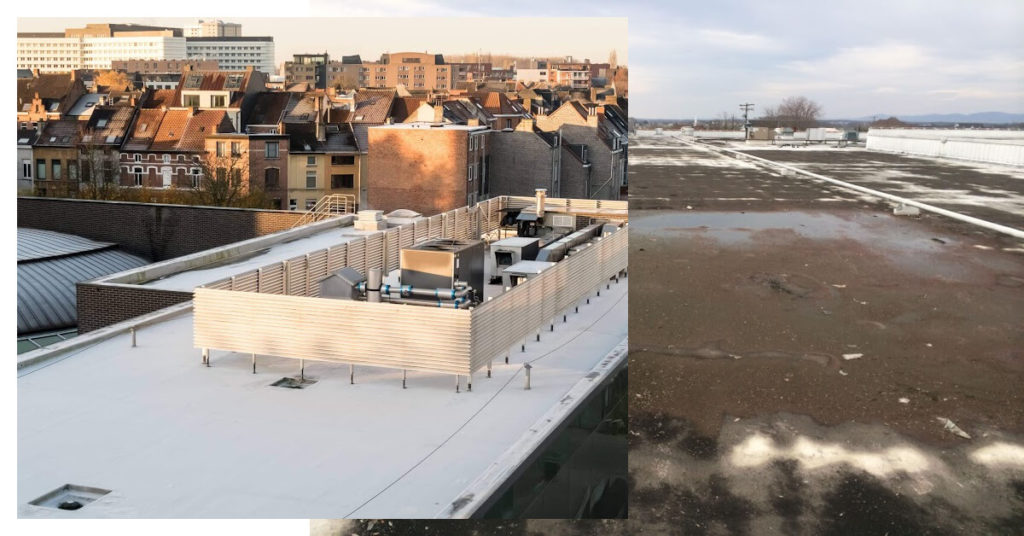
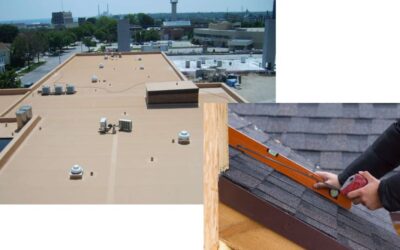
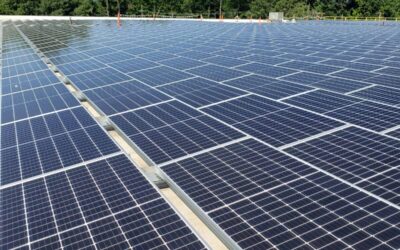
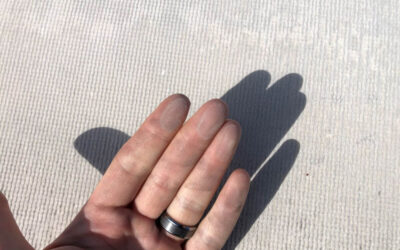
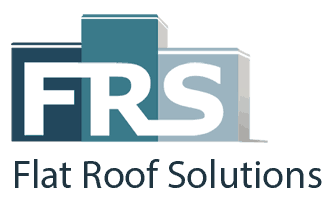



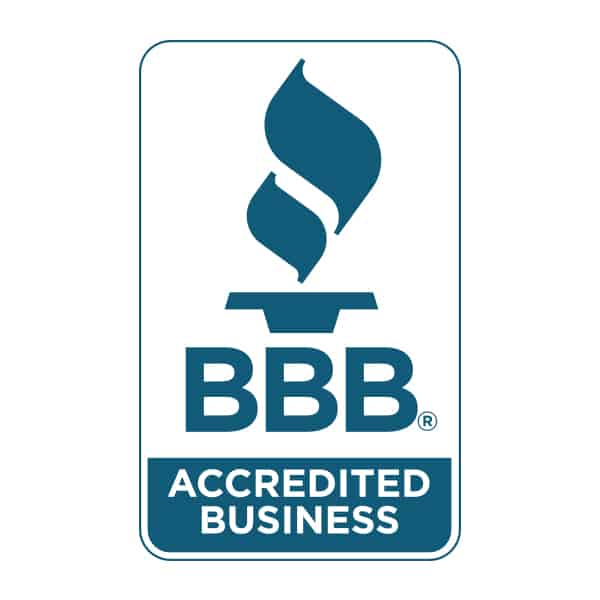
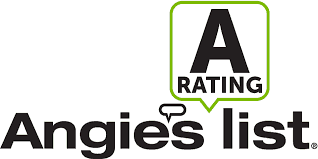
0 Comments